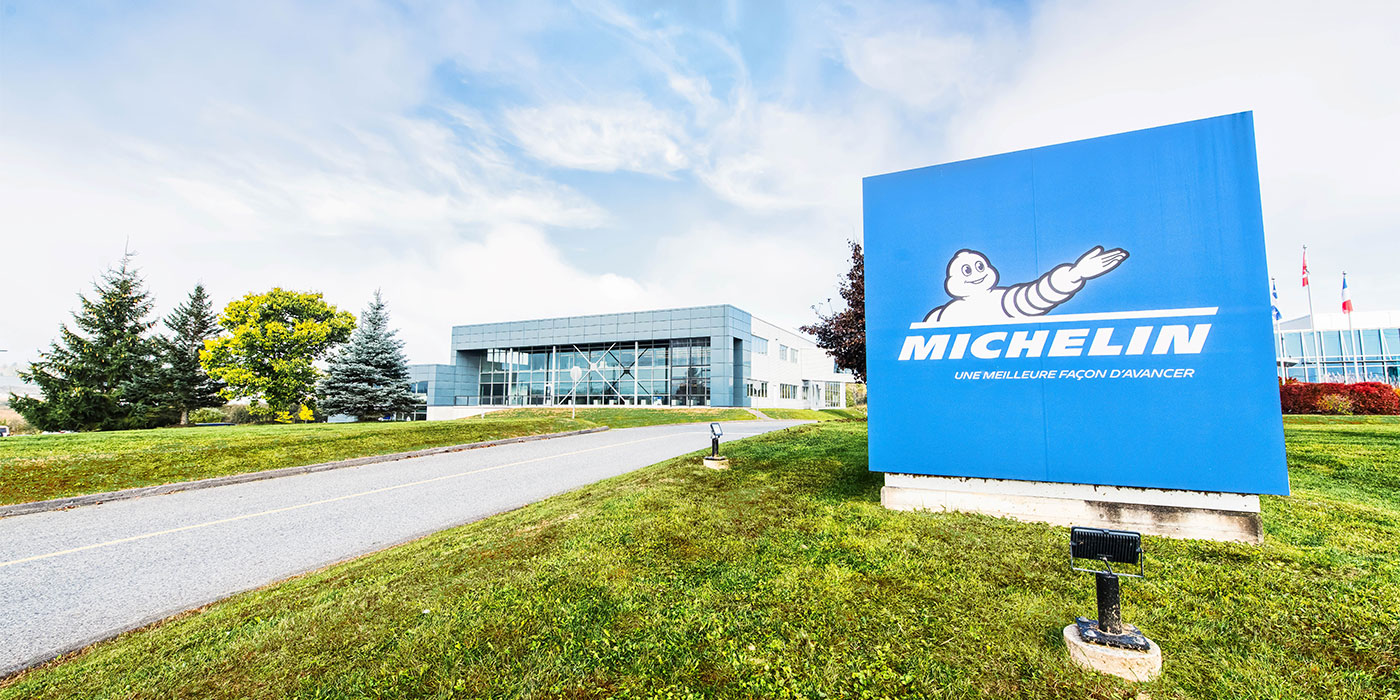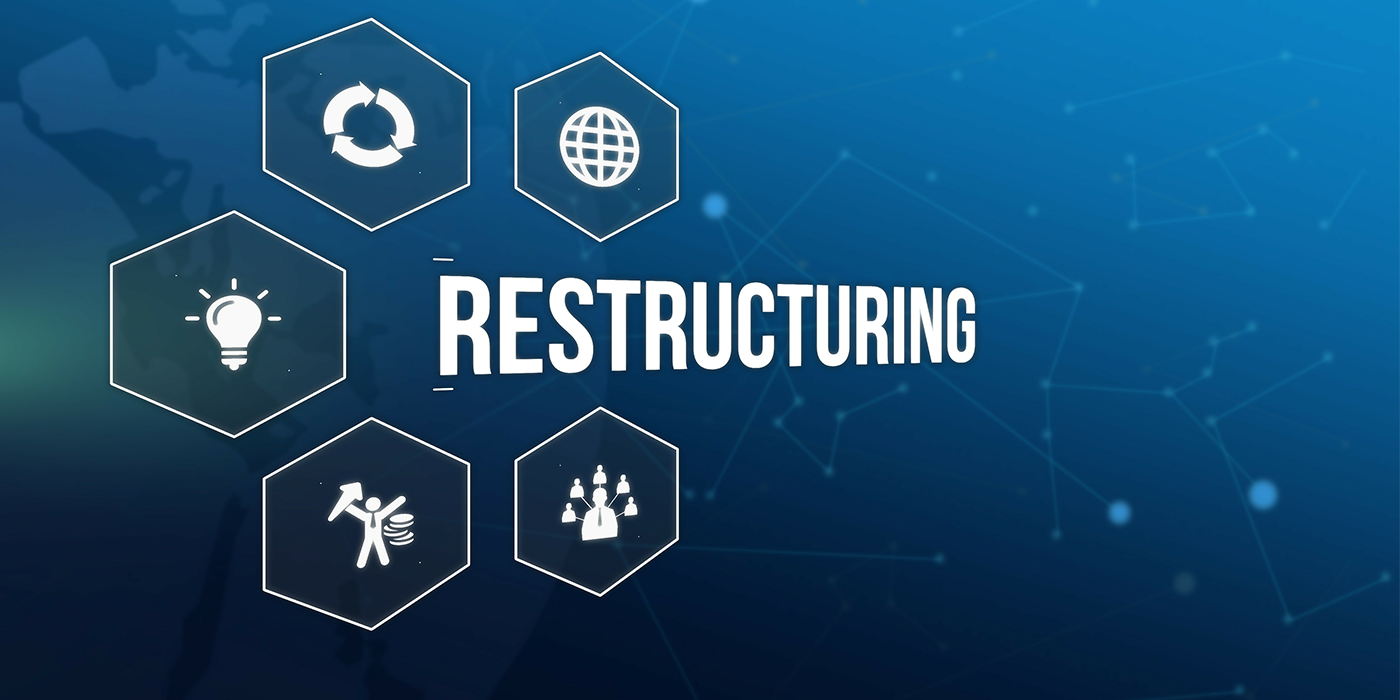People become your customers because you have what they want at a price they are willing to pay. The exchange of value includes not only the product or service, but also the experience. Your tire dealership and your people need to be – at the minimum – acceptable, but you should strive to have a team that people perceive to be desirable to do business with. Whether people move from first-time purchasers to active and engaged customers depends on:
• Their expectations
• Your performance
• The consistency of your performance
A Fantastic First Experience
Steve has relocated to a new town and needs to get his car serviced. Not knowing where to go, he inquires with his new neighbors and a local tire dealership is recommended. People rave about the fast, courteous and expert service. Steve also checks out the shop’s very professional website, where he easily finds the services offered, hours of operation and phone number. The newly relocated motorist also reviews many positive customer testimonials on the site. Satisfied, he immediately calls to make an appointment.
The phone is answered on the second ring, and he speaks to a polite and professional person, who upon learning he wants to speak with someone in service, says, “My pleasure. Let me connect you to our top-notch service advisor, Paul.”
This is different, he thinks.
Within moments, Paul lives up to his introduction. He is knowledgeable, polite and efficient. Steve is scheduled for a while-you-wait oil change and safety inspection, given easy-to-follow directions to find the dealership and instructions on what to do upon arriving at the shop. He also is presented with an offer to get an e-mail and/or text with the specifics as a follow-up.
When Steve arrives at the appointed day and time, he is met in the showroom by Paul, who is neatly dressed, polite and as helpful in person as he was on the phone. He introduces himself, shakes hands and calls the new customer by name.
After writing up the work order and collecting Steve’s keys, Paul shows the new customer to the waiting area, all while giving him a quick overview of the shop, its history and its current mission. Steve is engaged in pleasant conversation about his relocation and what he likes about the area.
He also is offered complimentary refreshments. Once Paul heads back into the service bays, the shop’s counter person also points out the Wi-Fi-capable business center, which is available to customers who need to do work while they wait. In short, every dealership person encountered is warm, friendly and welcoming, interested in the new customer and how they can help.
Within an hour, the car is finished, washed and waiting for Steve with a bottle of water in the cupholder. Paul retrieves his new customer from the waiting area and leads him enthusiastically to the counter, where the work order is reviewed, extras explained and the check-out is done in moments. Lastly, contact information is exchanged.
Twenty-four hours later, Steve receives a follow-up phone call from Paul (not some third-party survey service), who is upbeat and quickly touches on some personal information shared when they met (The city’s baseball team won!). He checks to make sure the car is operating as it should and also reminds Steve to come to the customer appreciation night on Thursday, where he’d be happy to introduce him personally to the shop owner.
Dramatic Inconsistency
Some months later, Steve calls back to schedule another service. This time, the person who answers the phone is abrupt, puts him on hold for 10 minutes and then disconnects the customer while attempting to transfer his call.
After calling back and being made to feel as if he was the reason for the disconnection, Steve finally is connected with the service department. He finds his friendly, professional contact no longer works there. He tries to arrange another while-you-wait oil change. Now, he’s told there is a two-week wait. Must be the busy season, he thinks.
When the appointment time comes, Steve enters to find an unattended front counter. After waiting for five minutes, a scruffy, brusque person appears and asks, “What do you need?” Steve says he made a while-you-wait oil change appointment, to which the person laughs and says, “We don’t do while-you-wait work.”
The customer then has to make arrangements for a ride and to leave his car until later in the week. When he comes to pick up the car, the bill is more than he expected and the car is dirty.
Steve once again thinks to himself: This is different.
This is a story of significant inconsistency – a great first service experience and an awful second. Typically, unless there has been some serious event (loss of key personnel, economic crisis or ownership change), businesses don’t erode this far this fast. I wanted to contrast these two fictitious scenarios to make a dramatic impression.
Certainly, inconsistencies like ineffective call management, service changes (no more while-you-wait, for example) or an obvious decline in interpersonal relations would have a material effect on consumers’ willingness to return. And I would argue even seemingly small inconsistencies – no beverages, no friendly greeting or a less-than-effective write-up – all negatively color customers’ experiences. And inconsistency in business is far too common.
Customer Expectations
Whether you perform to, exceed or don’t meet customers’ ideas of what they’re going to get when dealing with you is dependent almost entirely on what has happened prior to them interacting with you. So just where do customers’ expectations get set?
First and foremost, customers form their perspectives from what others say about you – both online and from personal recommendations. Customers also form expectations of your dealership and staff based on what you say about you. Your advertising messages, your online presence – everything. If you boast incomparable customer service or the most knowledgeable staff in the business, you better be able to deliver.
There also is a twist on this idea – what we say customers say about us. These are the testimonials we post. They can be very convincing. However, there is a growing school of thought that says if all of the testimonials are glowing and there’s never any mention of problems, they are less believable.
Finally, customers form their expectations of you from their experiences with other retailers. When you go to Subway for a sandwich, you know the level of service and quality of food you’re going to get. You know how to order, where to stand and when to say, “More pickles, please.” (They’ve trained you to know this, after all).
When you deal with FedEx you can choose the level of service, and they’ll even come to you to pick up your package. It may not be fair, you say, to compare your dealership with the shipping mainstay FedEx, but customers do. Just like when FedEx guarantees delivery by 10 a.m., customers trust that is going to happen. When you say the car will be ready by Friday at 5, they expect it to be so. That is how the consistency game gets played.
Mark Rodgers is an award-winning author, top-rated trainer and founder of Peak Dealership Performance. For more information, contact Rodgers at mark@peakdealershipperformance.com.













